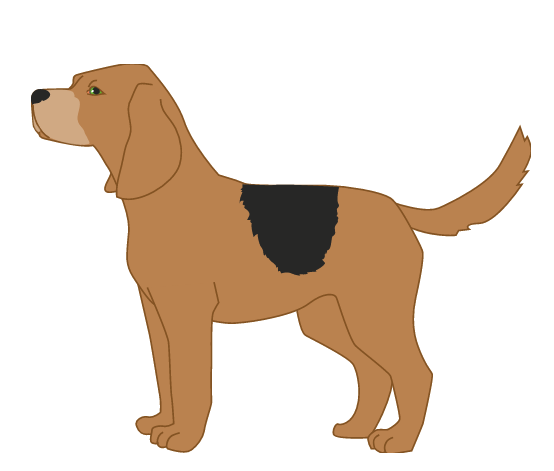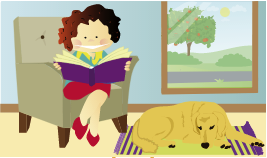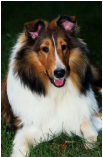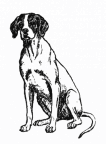The Wordsmyth Illustrated Learner’s Dictionary (WILD) is organized into four components that facilitate children’s vocabulary learning in two ways: (a) learning new words for concepts the child already has, and (b) learning new concepts and new words that add new ways of organizing the child’s thinking. During the crucial early years, this process changes children’s understanding of how meanings work — their concept of definition. WILD’s unique organization reflects the challenges involved in these changes and provides the resources a child needs to move among the new words and new concepts. Each section of WILD focuses on a particular type of word and concept learning. The components of WILD–and the word learning focus for each of them–are the following:
- PICTURE DICTIONARY: for word-object naming;
- WORLD: for thematic relations among things in their usual environments;
- COLLECTIONS: for topical relations (“loose categories”) and taxonomic categories;
- BOOK: for an alphabetical organization of words, outside of their connections with the world.
Word learning and concept learning are linked together at the core of early learning and literacy. To learn a word, we need to know how and when the word is used. To learn a concept, we need to know why it is used in a particular way. This how and why of word learning creates a relationship between word learning and the conceptual organization of thought. And according to Tanya Kaefer and Susan B. Neuman, this relationship is bidirectional: “Increases in word learning lead to increases in taxonomic [conceptual] organization, which in turn leads to further increases in word learning. (Tanya Kaefer and Susan B. Neuman, “A Bidirectional Relationship between Concept Organization and word learning” in Child Development Research, (2013)). WILD is designed to facilitate this bidirectional relationship by linking the different aspects of word learning and conceptual organization.
The first phase of word learning involves naming things — the word-object naming relation. In this process, the first learning challenge is to distinguish between proper names and categories — between this animal’s name (“Fido” or “Rover”) and “dog”. “Fido” is a particular individual; but the child learns that while Fido is a dog, the word “dog” includes other individuals. In the Picture Dictionary section, WILD provides multiple images without context to facilitate this process of learning the word “dog.” (The WILD entry for “dog” has 5 images.)





The second phase of vocabulary learning involves thematic relations. In thematic learning, children begin to recognize the associations between objects and the places — settings and situations — in which they are found. Thematic relations provide important information about associations in the real world — things that typically go together. The second section of WILD is the WORLD, with multiple settings and situations and the objects that are typically found in those settings. Each WILD dictionary entry shows the places in WORLD a child will find an object.
The third phase of vocabulary learning involves learning categories. In WILD, the section called COLLECTIONS contains lists of words that identify both “loose categories” or topical relations and “taxonomic categories” or categorical relations. The loosely connected categories — such as “Things people do”, “Indoor Activities” or “Baseball words” — are categories in which the boundaries aren’t strictly or logically defined. Taxonomic categories are also introduced. In this phase, children are introduced to the power of classification with abstract concepts. Logical relations such as “Kinds of” something and “Parts of” something are introduced. The dictionary entry for each word shows a list of the different collections a word appears in.
And finally, the BOOK section presents an alphabetical organization of words, outside their connections with the world. The alphabet — letters and their sounds — are a key to learning the abstract process of pronouncing a string of letters in reading, before you have heard the word pronounced. In WILD and our other online dictionaries, there is an audio pronunciation to listen to, as well as three different text pronunciation systems — ways of transcribing the sound of a word.
The task of academic literacy is to help the child navigate among these ways of understanding meaning — these different versions of the “concept of definition.” The task is not merely to learn how to use abstract meanings in grammatically correct sentences, but also to learn how words and abstract concepts emerge from and relate to the real world. In WILD the child can begin in the concrete world of objects, and move gradually through different settings in the WORLD, to topical and taxonomic concepts in COLLECTIONS, culminating in the alphabetical presentation of the dictionary as a BOOK.

